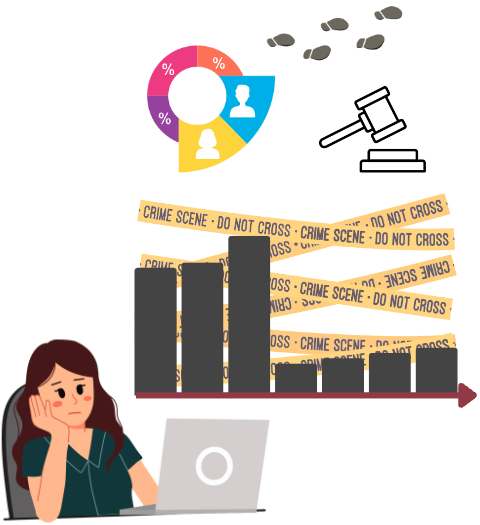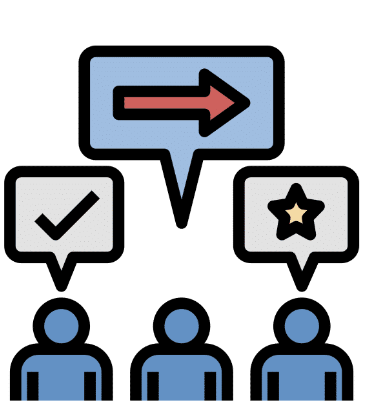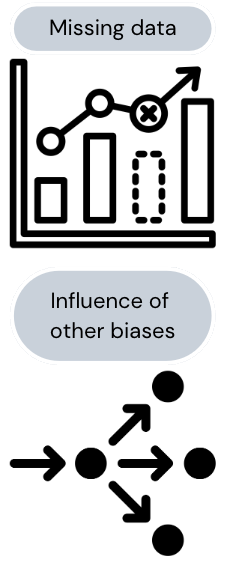Historical bias
Conquering Data Bias

Konstantinos Kattidis
Data Analytics Lead
Understanding historical bias
- You're an analyst investigating a series of thefts in a neighborhood
- You notice inconsistencies such as shifts in crime patterns, demographics and law enforcement practices
- Historical bias occurs when past events do not provide an accurate reflection of present circumstances
- Two common types: technological bias and contextual bias

Technological bias
It arises when advancements render historical data outdated or less relevant
- A product analyst wants to understand the evolution of user behavior over time using user engagement data
- During this period, desktop computers were the primary means of internet access
- The patterns of user behavior may not accurately reflect interactions with mobile devices

Contextual bias
It refers to changes in societal norms, preferences, cultural values or economic conditions that influence historical data
- A marketing analyst is analyzing customer data to inform advertising campaigns for a clothing brand
- Accounting for evolving cultural norms and values
- The need for contextual understanding in decision-making is essential

Longitudinal studies

- Longitudinal studies, which track subjects over an extended period, are particularly susceptible to historical bias
- For example, accounting for the climate change in long-term climate studies
- Failing to account for this shift can introduce historical bias in climate analyses
Additional factors causing historical bias
- Limitations in historical data sources:
- Incomplete data or underrepresented groups can lead to biased interpretations of past events
- Historical events may have led to certain data being lost or inaccessible
- Other bias types
- Other bias types can contribute to historical bias
- For example, survivorship bias can lead to a distorted historical perspective

Impact on data interpretation
- Historical bias significantly influences how data is interpreted
- Overlooking historical context may lead to inaccurate assumptions about trends

Let's practice!
Conquering Data Bias

